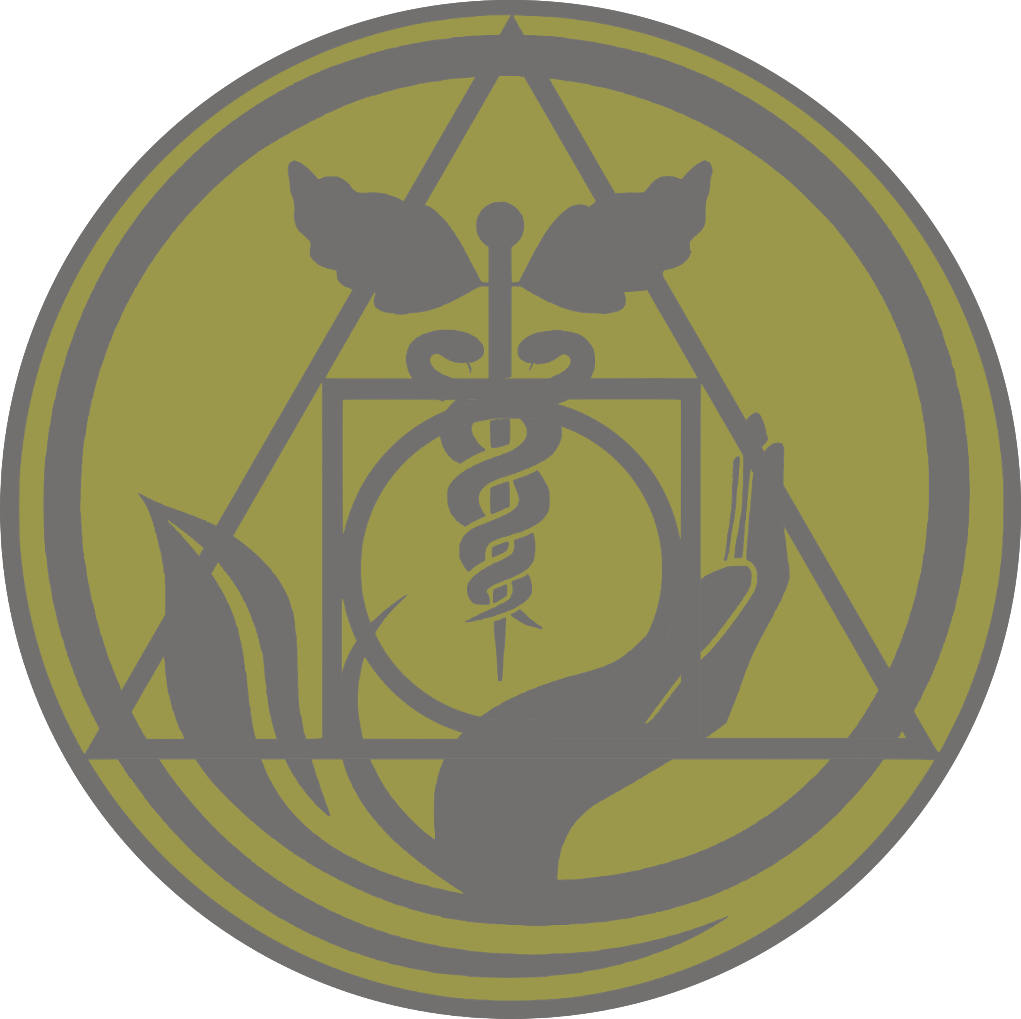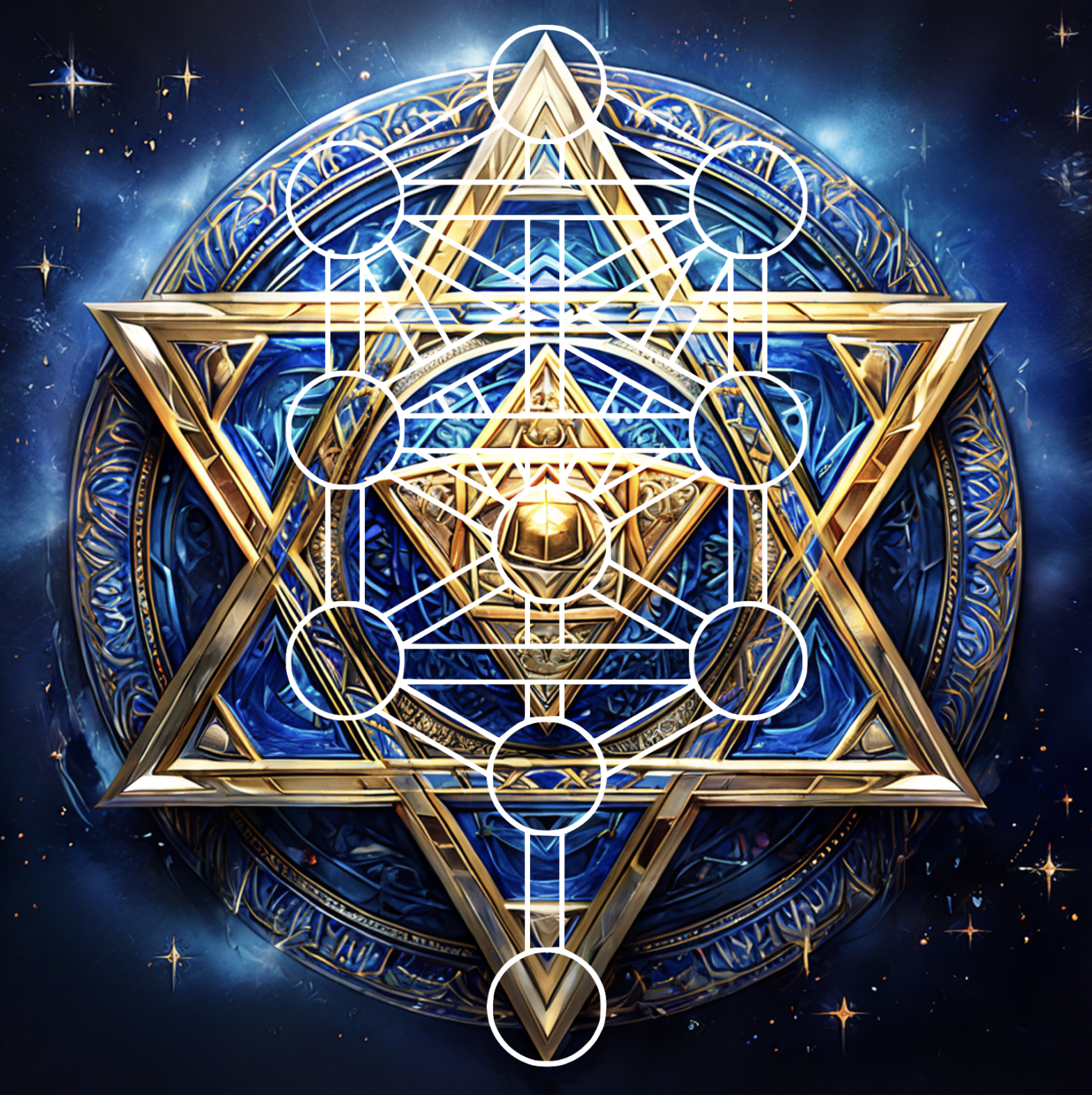An Introduction to Kabbalism and the Tree of Life
Understanding Kabbalism
Kabbalism, also known as Kabbalah, is a mystical and esoteric tradition rooted in Jewish spirituality. Its teachings offer profound insights into the nature of God, the universe, and the human soul. Kabbalah explores the hidden dimensions of reality and provides a path for spiritual growth and enlightenment. Its wisdom has fascinated seekers for centuries, extending its influence beyond Judaism into various spiritual and philosophical traditions.
Origins and Foundations
Kabbalah’s origins are often traced back to the early centuries of the Common Era, although its roots are believed to be much older, embedded in the oral traditions of ancient Judaism. The foundational text of Kabbalah is the Zohar, a mystical commentary on the Torah, attributed to the 2nd-century Rabbi Shimon bar Yochai. Over time, Kabbalistic teachings have been expanded and elaborated by various scholars and mystics, including figures like Isaac Luria and Moses de Leon.
Core Concepts
At its heart, Kabbalah seeks to understand the divine nature and the structure of the cosmos. Key concepts include:
– Ein Sof: The infinite and unknowable aspect of God, beyond all comprehension and definition.
– Sefirot: The ten attributes or emanations through which the divine interacts with the world.
– Shekhinah: The divine presence in the material world, often associated with the feminine aspect of God.
– Tzimtzum: The process of divine contraction, creating space for the finite world to exist.
– Tikkun Olam: The concept of “repairing the world,” emphasizing human responsibility to restore harmony and balance.
The Tree of Life
The Tree of Life is one of the most iconic symbols in Kabbalah, representing the structure of the universe and the path to spiritual enlightenment. It consists of ten sefirot, interconnected by 22 paths, each with its own significance and meaning.
The Ten Sefirot
1. Keter (Crown): The highest sefirah, representing the divine will and the source of all creation. It is the point of connection between the infinite and the finite.
2. Chokhmah (Wisdom): The initial spark of creation, embodying pure, unformed potential and divine inspiration.
3. Binah (Understanding): The process of shaping and structuring the raw energy of Chokhmah, leading to clarity and comprehension.
4. Chesed (Kindness): The expression of boundless love, compassion, and generosity.
5. Gevurah (Severity): The principle of judgment, discipline, and restraint, balancing the expansive nature of Chesed.
6. Tiferet (Beauty): The harmonious integration of Chesed and Gevurah, representing balance, beauty, and compassion.
7. Netzach (Eternity): The force of endurance, persistence, and ambition, driving forward movement and growth.
8. Hod (Glory): The power of humility, surrender, and acknowledgment of divine splendor.
9. Yesod (Foundation): The channel through which divine energy flows into the material world, representing connection and communication.
10. Malkhut (Kingdom): The manifestation of the divine in the physical realm, embodying the presence of God in the material world.
The Path of Ascent
The Tree of Life serves as a map for spiritual ascent. By meditating on and internalizing the qualities of each sefirah, individuals can progress toward higher states of consciousness and closer union with the divine. The 22 paths between the sefirot represent the various stages and challenges on this journey, often associated with the letters of the Hebrew alphabet and the major arcana of the Tarot.
Practical Applications
Kabbalistic practices include meditation, prayer, and study of sacred texts. Through these practices, individuals seek to align themselves with the divine will, achieve personal transformation, and contribute to the healing and betterment of the world (Tikkun Olam).
Conclusion
Kabbalah offers a profound and intricate understanding of the divine and the universe. The Tree of Life, with its ten sefirot and 22 paths, provides a powerful framework for spiritual growth and self-discovery. Whether you are drawn to its mystical insights, its practical guidance for personal transformation, or its call to repair the world, Kabbalah invites you on a journey of profound exploration and enlightenmen

